Menu
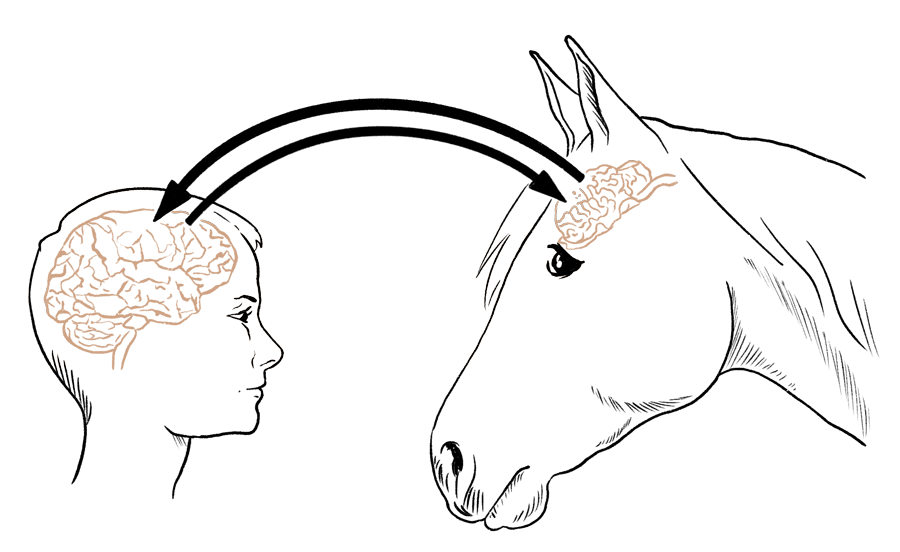
Many people are familiar with the fact that the horse is a prey animal, and this basically means that the horse's reaction and perception of its surroundings works considerably differently than ours. But what are the real differences between a horse brain and a human brain, and how are they expressed?
By animal behavior therapist Bettina Hvidemose Riisberg, Center for Animal Therapy.
You may also like to read: Scientists: Horses and humans have a special bond
The horse brain weighs between 600 and 800 g. There is an old myth which says that the horse's brain is only the size of a walnut, which is by no means true, but the horse's brain is smaller than ours.
Compared to the horse, our brain has expanded with extra refined motor skills. This allows us, for example, to type quickly on a keyboard without moving the rest of the body. Our brain also contains a large area dedicated to our complex developed language, which partly contains the verbal language, but also many more communication nuances than the horse has.
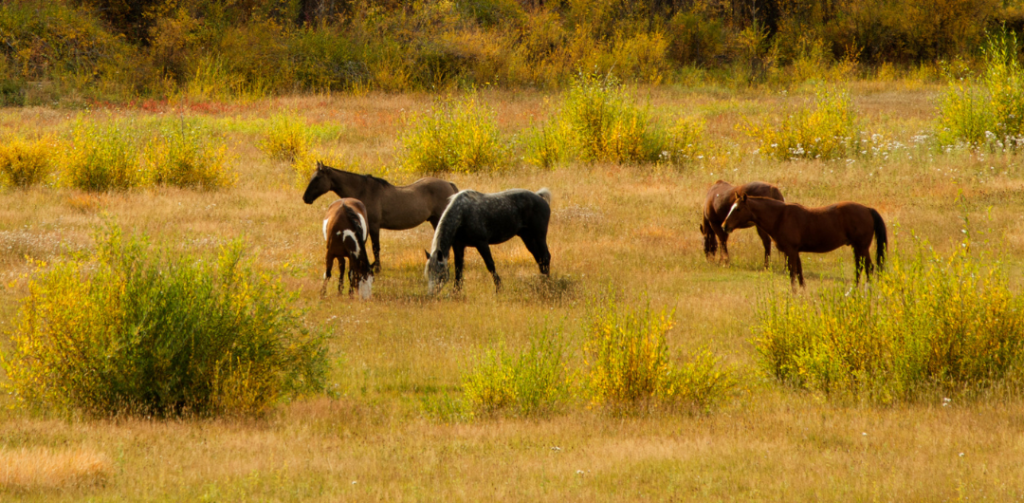
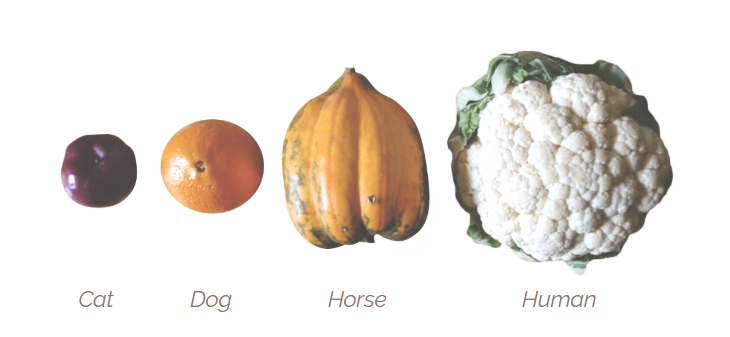
We also have an area that specializes in complex emotions and thoughts. We have a very large area in our brain that can precisely take care of complex functions in relation to both thoughts and emotions. This differs from the horse where this area largely does not exist.
The horse has a larger cerebellum, which means that the horse is better at overall movement and balance. Most humans would be injured more than once trying to do what horses can! But the horse's brain ensures that the horse stays upright and can travel long distances in very different terrain. In addition, the horse's brain specializes in receiving sensory input and acting on it without complex mental or emotional interference.

The part of the brain that deals with complex emotions and thoughts in us is called the frontal cortex. This part of the brain sits in the forehead of both horse and human, just below the part of the skull that is called frontalis or simply the forehead bone.
This area of the brain is responsible for our reasoning and is something that makes humans completely unique. There is no one else who has as well-developed a prefrontal cortex as we have. With this part of the brain we can plan, we can compare, we can assess situations based on past experience. We can weigh the pros and cons of a situation, and we can link factors that do not necessarily occur simultaneously.
This is also where we can feel complex emotions like hatred or jealousy. For humans, these complex functions fill almost the entire front third of our brain. For horses, there is a very small frontal lobe, which is involved in learning and reactions to experiences. The vast majority of the same area is instead filled with a greatly enlarged area, which takes care of movements based on sensory impressions.
It often happens that a human interprets the horse's behavior as jealousy. Purely anatomically, however, we know that the horse does not have a well-developed prefrontal cortex. This is where the feeling of jealousy comes from. So, can a horse be jealous? Probably not.
But what happens when you talk to another horse, for example, and your horse comes and chases the other horse away?
Let’s first look at how it works when we feel jealous. In fact, it's rarely a behavior - it's rarely something we act on, but a feeling we have inside. Of course, it happens that people act on this feeling, and it can go as far as jealousy killing, but again, it is definitely one of the rarities. Thus, we can also say that it is quite rare for jealousy to be a behavior, but rather a mood. Can one see and observe moods from the outside? Not necessarily.
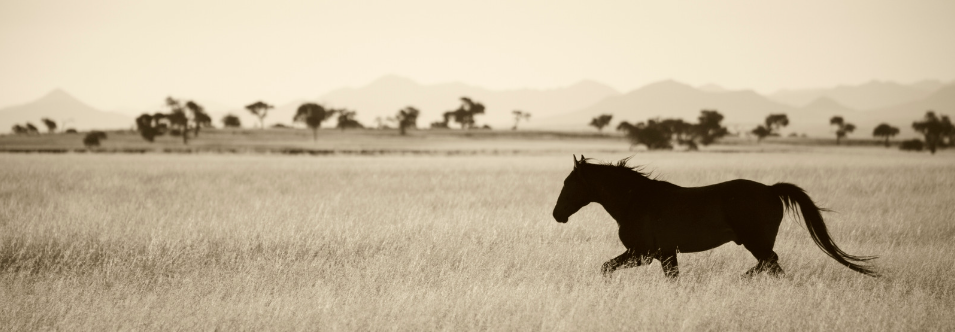
“THE HORSE'S brain can do much more that ours cannot”
Why is it that we humans tend to look and observe our horses, and attribute to them our own human emotions based on the behavior we see? There are several potential answers to that question.
You may also like to read: Perspective: How do horses see the world?
But what is it then that controls the horse's behavior in the situation if it does not feel jealous? The horse brain is far more simply arranged than ours. Therefore, the reason need not be more complex than that the horse sees you and has associated you with something good and therefore wants to go to you.
The other horse stands in the way, and therefore it moves to create free passage to you. It is not jealousy, but rather a completely practical solution to achieve something that the horse wants. In the same way, we can reject claims that horses are trying to annoy us, test us, feel hatred, or take revenge. All of this would require well-developed frontal lobes that horses do not have. Often, the behavior of the horse needs to be explained far less complexly based on the brain's signaling pathways.
“Knowledge of the horse's brain can contribute to a better understanding of the horse”
Our brain can do a lot that horses cannot. But horses' brains can also do a lot that ours cannot. So what does that mean?
As mentioned, the horse is better at overall motor work. This is smart when you are a prey animal and already from foal must be able to move quickly and coordinated,
In the human brain, the signal from the thalamus is passed on to the visual center at the back of the brain, which subsequently forwards to our frontal lobe, which thinks about what it is we have seen and decides on it.
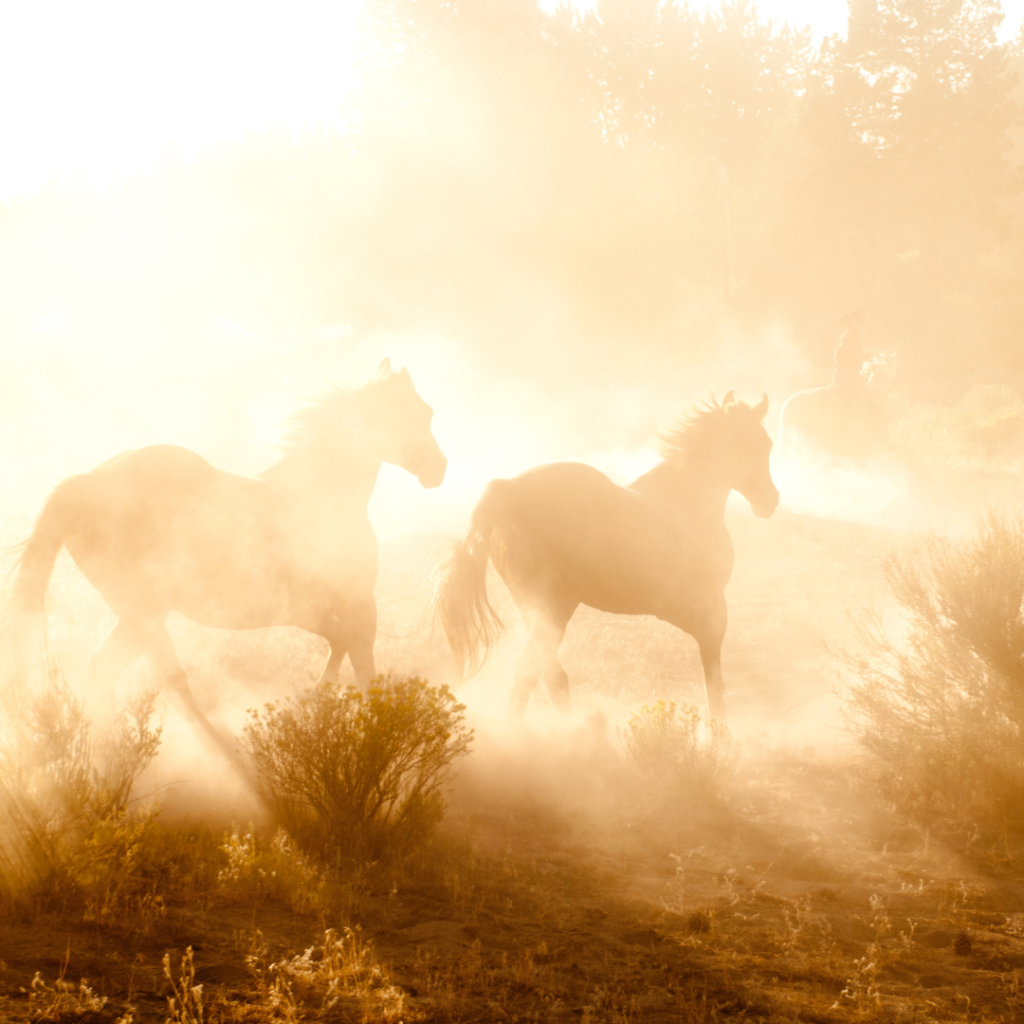
If our frontal lobe assesses that it requires movement, then the information is forwarded to the motor center, if applicable. In the horse brain, the process starts in the same way, but the signal from the thalamus is sent directly to the motor center. This causes the horse to move without thinking about it first. In other words, the way from thought to action is very short.
If the object actually seems threatening, there can also be an activation of the hypothalamus and amygdala, which triggers a stress reaction that can lead to escape, where the horse runs away from the impact. It can also happen that the horse 'freezes' and stands completely still, or that it becomes aggressive and attacks the object. The latter option is quite rare and occurs only on the background of a very high level of stress.
Not only is the anatomy of the brain different, but the signaling pathways in the brain are also different. This may explain some of the reactions that the horse sometimes exhibits, and which may seem unnecessarily violent or less constructive from our point of view. When you are a prey animal, however, it is enormously inappropriate if you first have to consider whether it is smart to escape.
Horse Brain Human Brain – The Neuroscience of Horsemanship by Janet L. Jones, 2020
Solving Equine Behaviour Problems: An Equitation Science Approach by Rose M Scofiels, 2020
Equine Behavioural Medicine by Bonnie V. Beaver, 2019
Equitation Science by McGreevy, Christensen, König og McLean, 2018
Conference Proceedings from Horses Inside Out conference, 2018 og 2020 (Dr. Andrew Hemmings)
Neuroanatomy of the equine brain as revealed by high-field (3Tesla) magnetic-resonance-imaging, Martin J. Schmidt, Carola Knemeyer, Helmut Heinsen, 2019
Applied neurophysiology of the horse; implications for training, husbandry and welfare, Sebastian D. McBride, Matthew O.Parker, Kirsty Roberts, Andrew Hemmings, 2017
Equine Behaviour in Mind - Applying Behavioural Science to the Way We Keep, Work and Care for Horses by Suzanne Rogers. 2017